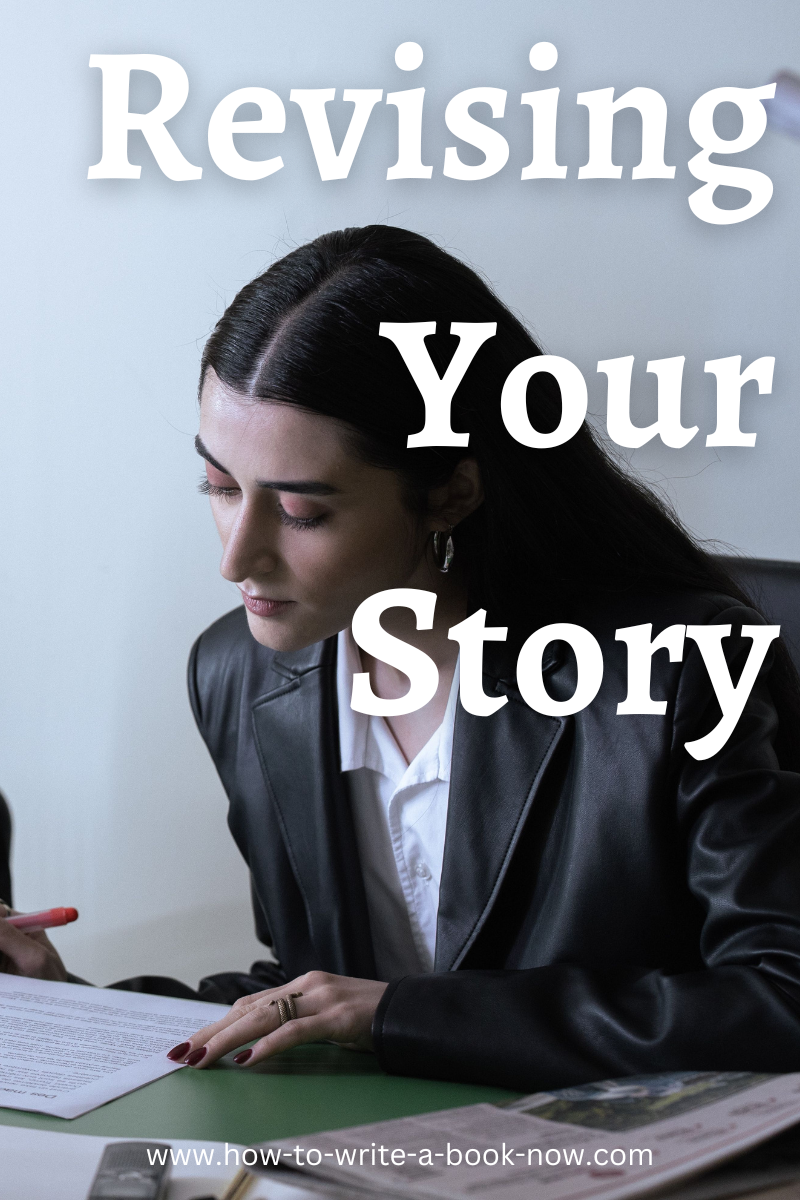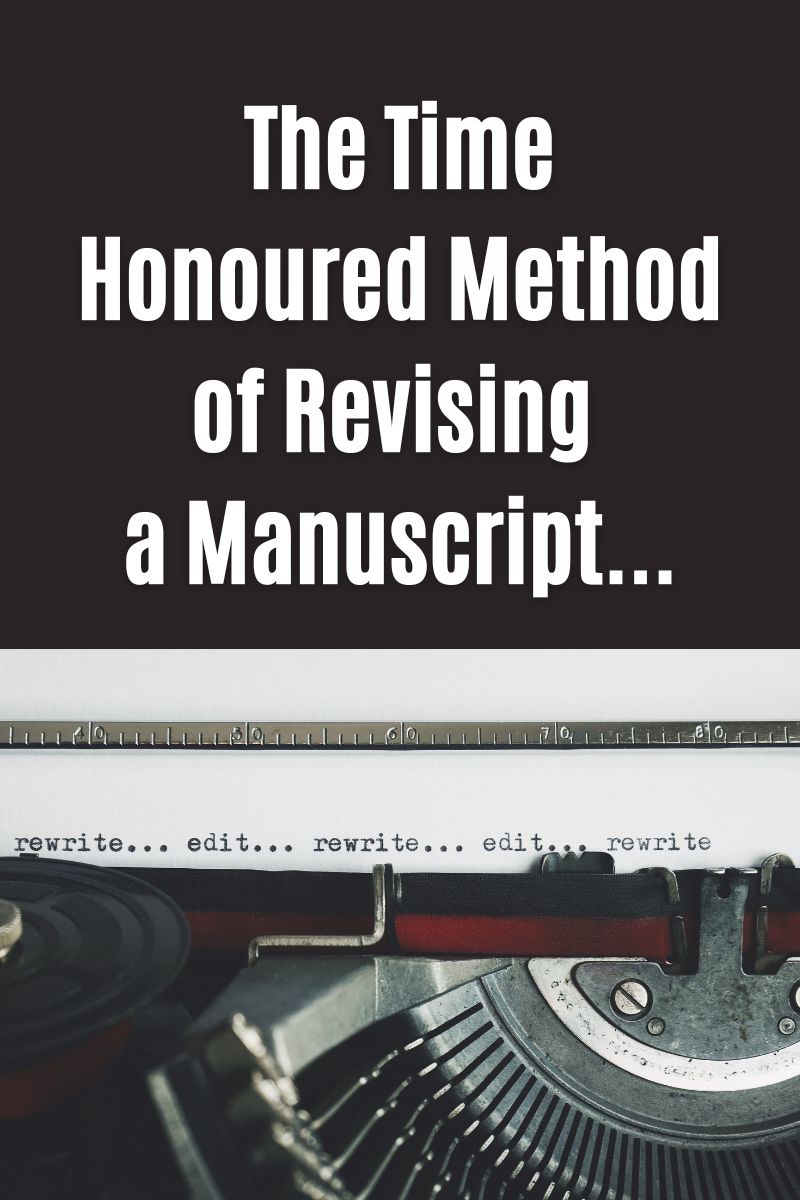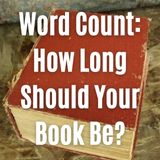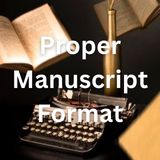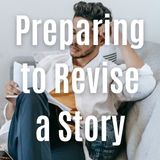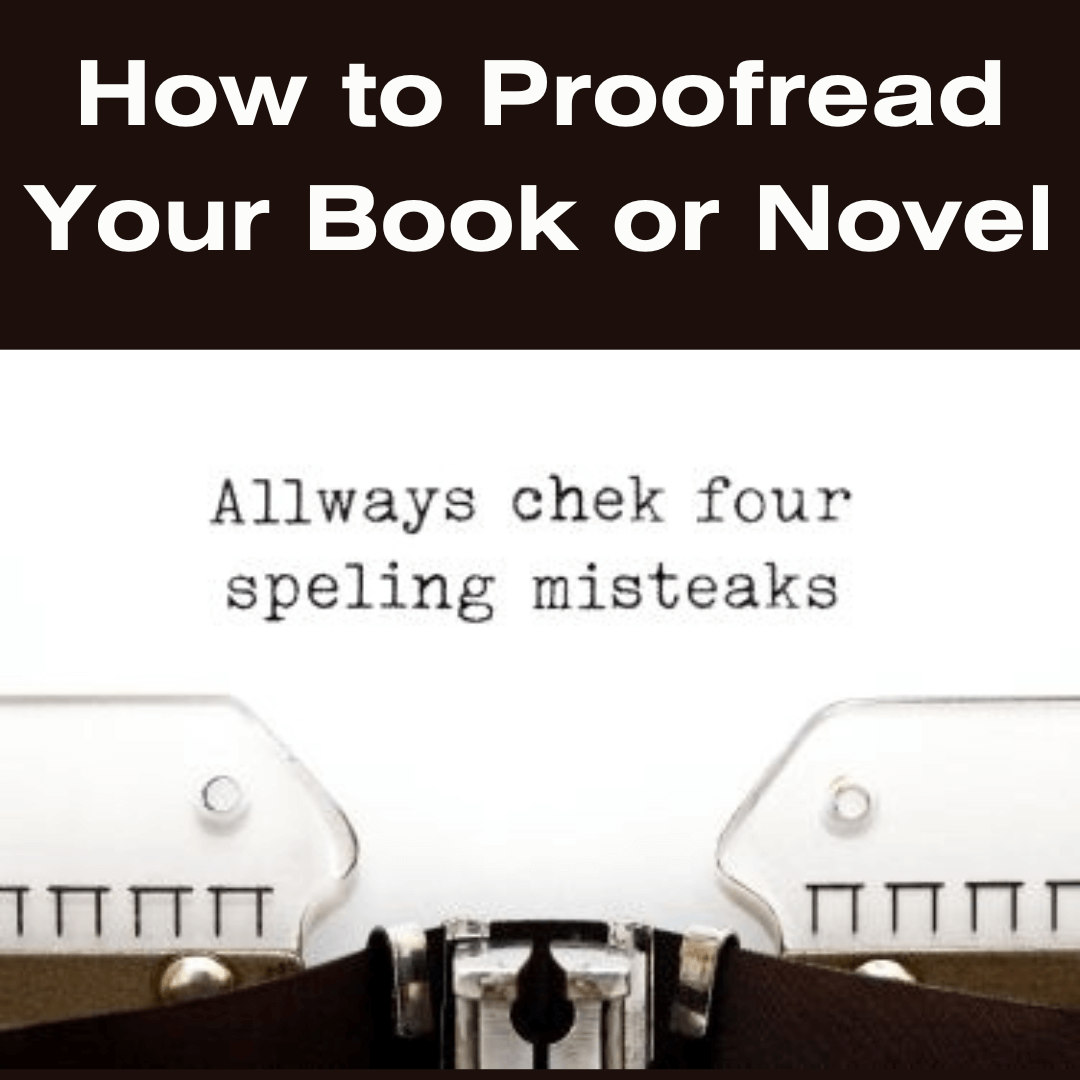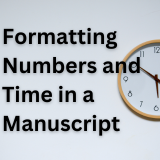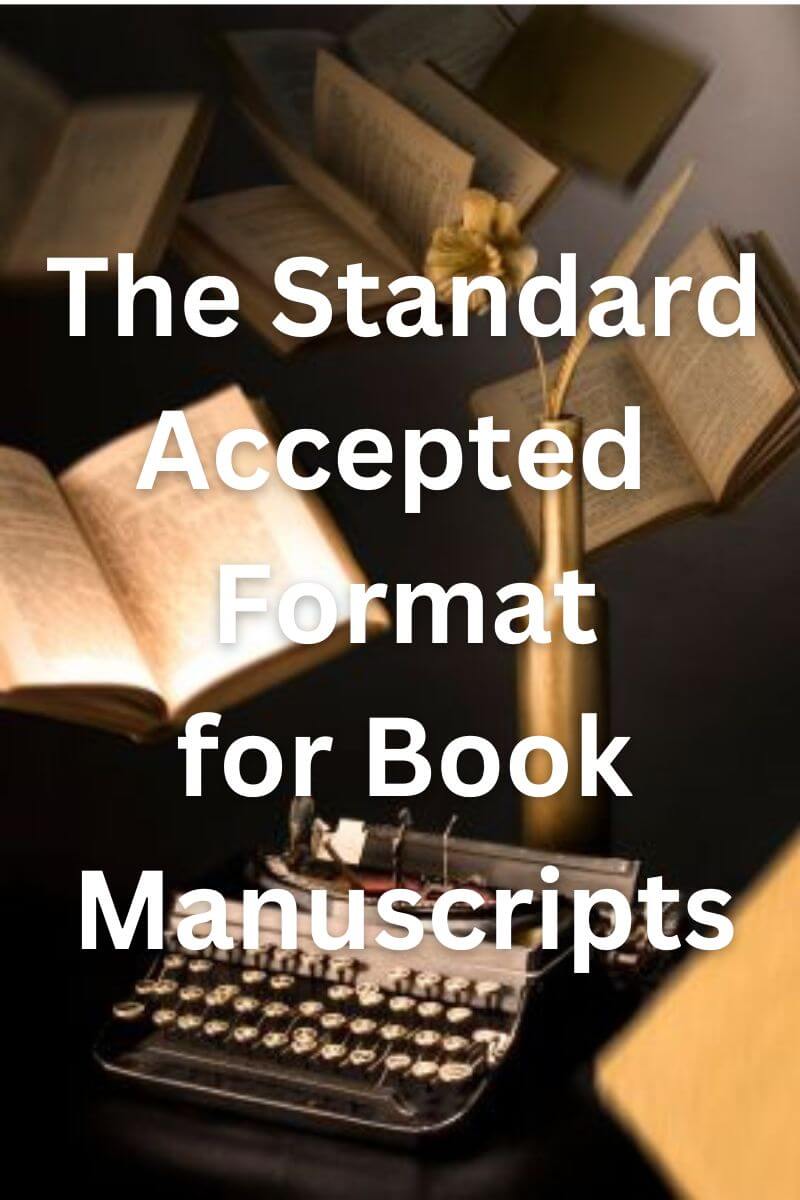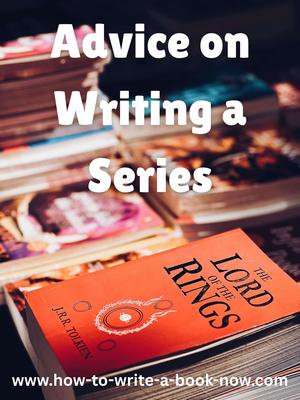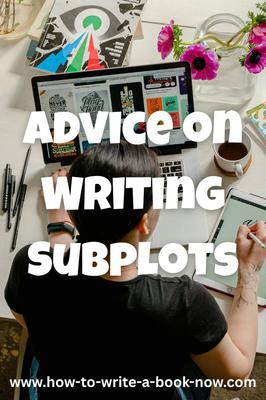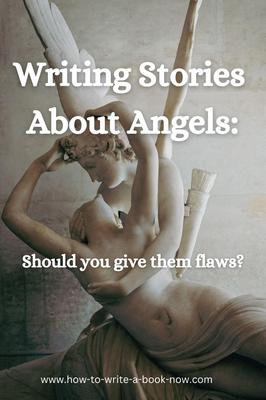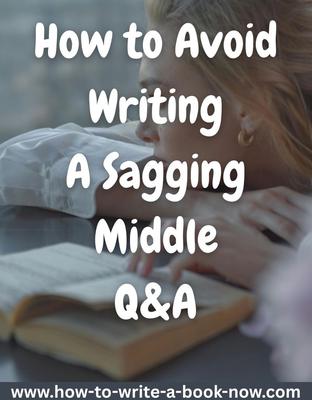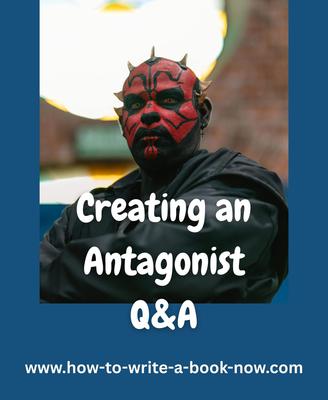How to Revise a Novel (or other Fiction)
By Glen C. Strathy
Learning how to revise a novel is something you must do as an aspiring fiction writer. Before a story can be submitted to potential publishers, every story must go through a process of revising, also known as rewriting or self-editing. I have to make this point upfront because, though it should be self-evident and is almost universally acknowledged in today's market, you will find a range of historical opinions regarding how much revising a writer needs to do.
On the one hand we have a widely quoted 1947 essay, "On the Writing of Speculative Fiction" by Robert A. Heinlein, the highly successful science fiction author. Among a lot of valuable tips and observations, Heinlein gives one bit of advice that some writers interpreted as meaning there was no need to learn how to revise a novel:
"You must refrain from rewriting except to editorial order"
He further clarifies this point by stating...
"...it matters not how you write, you will find some editor somewhere, sometime, so unwary or so desperate for copy as to buy the worst old dog you, or I, or anybody else, can throw at him."
Now, perhaps it was the situation during Heinlein's day that some literary magazines were so desperate for original fiction to fill their pages that they would be willing to buy someone's unpolished first draft of a story. Perhaps Heinlein's first drafts were better than most people's third drafts. Or perhaps Heinlein kept running into a lot of aspiring and talented writers who would spend so much time revising that they hardly ever finished a story or submitted it for publication and therefore had no chance of ever making a living as a writer, and so his comment was directed specifically at them.
At any rate, the odds of any aspiring writer today selling a non-revised, first draft of a story to a literary magazine or winning a publishing contract based on the first draft of a novel, are so slim you should just assume it's impossible. Never mind that your mother, or your friends, or your high school English teacher said your story was great. Writing is a tough business. If you don't put in the effort to make your stories the best they can be, there are thousands of other writers just as talented who will. Remember too that you usually can't submit the same story to a publisher more than once, so you want to show them your best work. So you must teach yourself how to revise a novel, even if an editor will repeat the process later.
Many writers like to say, "writing is rewriting." You are likely to spend many more hours revising a novel than you did writing the first draft, and most stories need to go through several drafts. To be a professional writer requires you to also be a professional reviser.
So let's consider how to revise a novel.
How to Revise a Novel: The Typical Approach Beginning Writers Use
For most beginning writers, revising a story goes like this...
1. You carefully reread your story, looking for anything that needs to be fixed while also asking yourself if there is anything you can do to make the story better. Your revision process can include everything from fixing grammatical and spelling mistakes, to eliminating logical inconsistencies in your plot, to finding better ways to illustrate your main character's inner conflict. Often you find yourself looking to revise many different aspects of the story at the same time.
2. After you have made note of everything you'd like to change, you go ahead and make those changes.
3. Then you repeat this process a second time. And a third. And a fourth, etc.
4. You continue this process until you reach the point where you can no longer find anything that needs fixing and you can no longer think of any way to make the story better. At that point, you're done.
While the above process works, it's not the most efficient and can take a long time. You can go through many rounds of revising, some of which will introduce only minor changes, while others will be major rewrites. Some writers tend to change a story so thoroughly each time they revise that every draft is essentially a new story. Because they can never settle on what the story is supposed to be, they end up creating as many new problems as they solve with each draft. So the story is never finished.
When Revising Becomes Procrastination
Some writers are perfectionists for whom revising can become an obsession. The standards they set for themselves and their work are so high they can never meet them. They can spend many months, if not years, endlessly revising a story and never feel it is finished.
Some writers also feel a lot of anxiety about sharing their story with the world and having it judged. They may feel it's safer to keep revising than risk having their story rejected by editors and publishers and proving to themselves that they never had the talent they aspired to.
There's a well-known anecdote about the novelist, Joseph Conrad, that illustrates the dangers of perfectionism. One day, Conrad, who was in the process of revising a manuscript, left his study around mid-day to have lunch with his wife. Curious how the work was progressing, the lady asked her husband, "So what did you accomplish this morning?"
Conrad replied, "I put in a comma."
After lunch, Conrad returned to his study and worked all afternoon. When he rejoined his wife for supper. She asked, "What did you accomplish this afternoon?"
Conrad replied, "I took the comma out again."
Obviously, if you reach the point where you're agonizing over trivial details like the placement of a comma, it's time to stop revising and start submitting your story to publishers. Further delay is only hurting your career. It is postponing any chance of selling the story, while keeping you too preoccupied to write other stories.
The challenge is to find the sweet spot between the two extremes of "no revision" and "endless, pointless revision." You need to learn how to revise a novel well, but also to know when to stop revising.
A More Pragmatic Approach
If you are determined to make a living from your writing, you need to take a pragmatic approach. You need to produce stories that are good enough to be published, but also to sell stories often enough to generate a stream of income that gives you the freedom to write full-time without spending long hours at a day job or burning yourself out.
Over the years, I've come across a number of writers whose career was launched after they experienced a crisis or epiphany. They found themselves in a position where they felt they either had to give up their dream of being a writer and pursue a different career, or they were going to have to start selling stories. Moreover, they had given themselves a fixed deadline for when they had to start making money from their writing.
After deciding it was time to get serious about their writing career, many of these writers developed ways to shorten the writing process -- including the planning and revising stages -- while also turning out better stories.
In the articles that appear below, I'm going to share with you some of the methods these writers developed to improve and shorten the revision process.
Two things just before we begin revising...
Before you begin revising your manuscript, there are a couple of technical things to consider. Is your manuscript...
1. A good length for your audience and genre?
2. Formatted correctly?
Word Count: How Long Should Your Manuscript Be?
Find out what length your manuscript should be, according to your genre and target audience -- just to make sure you are within the range publishers expect.
Manuscript Format for Novels and Nonfiction Books
Make sure your manuscript follows the standard format expected by agents and publishers. This is necessary to make your book look professional.
Now for the actual revision process...
Preparing to Revise
Overcome the two biggest challenges to revising your own work before you start.
Round One of the Revision Process: Substantive Self-Editing
Begin by revising the actual story before you turn to the language you use to express the story.
Round Two: Line Editing, Part 1
Once the story is sound, revising shifts to the actual language you use to express your story.
Line Editing Pt. 2: Wordiness
A look at some specific types of wordiness you should address in the line editing process.
Round 3: Proofreading
The final round of revising a story is proofreading, which focuses on small technical issues.
How to Format Numbers in Manuscripts
One more thing to check in the proofreading is how consistent you have been with formatting numbers such as measurements and time. The guidelines here are a little different for fiction than nonfiction, which sometimes leads to confusion. Here's our take on the subject...
- Home
- Revising
